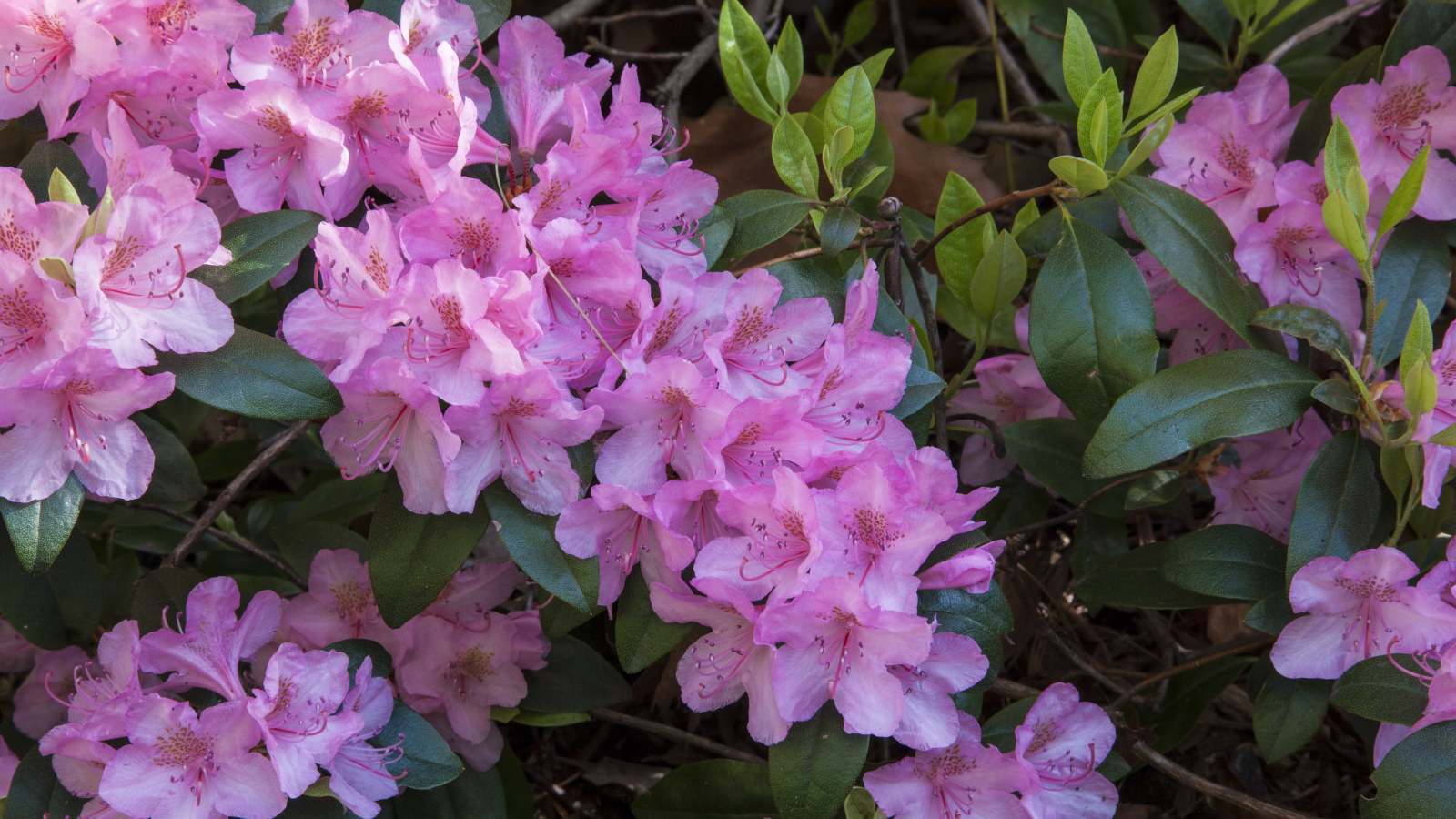Rhododendrons and azaleas are prized for their vibrant blooms, flowering on bushy, upright growth typically thriving in wooded areas. Azaleas are part of the Rhododendron genus, made up of acid-loving shrubs that steal the show in spring and summer. As a gardener who has previously worked at several gardens across the UK and Italy, I have cared for many different species of rhododendron.
My favorite type - if I had to choose - would be , otherwise known as the yellow azalea, as seen in the image below. This deciduous species has lightly scented, golden-yellow flowers and when grown in a woodland garden, it is unmistakable. While you might be confident regarding , especially as these shrubs are renowned for being hardy plants that are easy to grow, there is sometimes uncertainty as to whether or not these plants require deadheading.

Here, I share everything I know about caring for these after blooms fade, to ensure that your plants continue to look their best. Deadheading spent flowers is an important job as part of the . Removing faded blooms is a quick and meditative task that will help improve the look of your shrubs and for some plants, can help to encourage repeat flowering.
In my experience, deadheading rhododendron and azalea blooms will not result in masses of new blooms, but it will help to keep your borders looking fresh and tidy. Often these shrubs have large blooms, and once they begin to brown, this can detract from other plants and flowers in the yard. I would su.
















